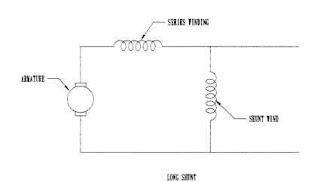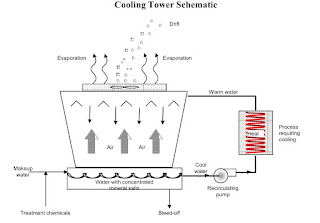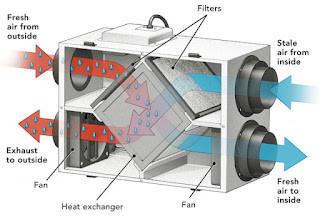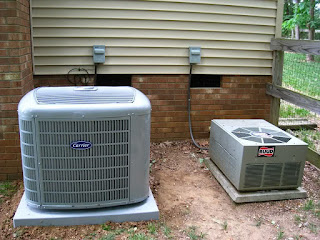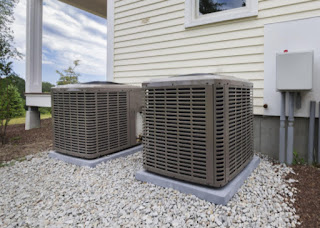Introduction of single-phase induction motor with complete description

One type of electric motor is a Single Phase Induction Motor , which generally converts electrical energy into mechanical energy. It is used in domestic and industrial uses and is very economical. Join us to review the single-phase induction motor. An induction motor or asynchronous motor is an AC electric motor in which the electric current in the rotor needed to produce torque is obtained by electromagnetic induction from the magnetic field of the stator winding. An induction motor can therefore be made without electrical connections to the rotor. An induction motor's rotor can be either wound type or squirrel-cage type. In the previous section, you read about the conditions and principle that a single-phase induction motor works depending on them. Now it is time to know more about the different Types of Single-Phase Induction Motor . Based on the different methods for starting the single-phase IM, there are four main different types that we are going to deliv...
